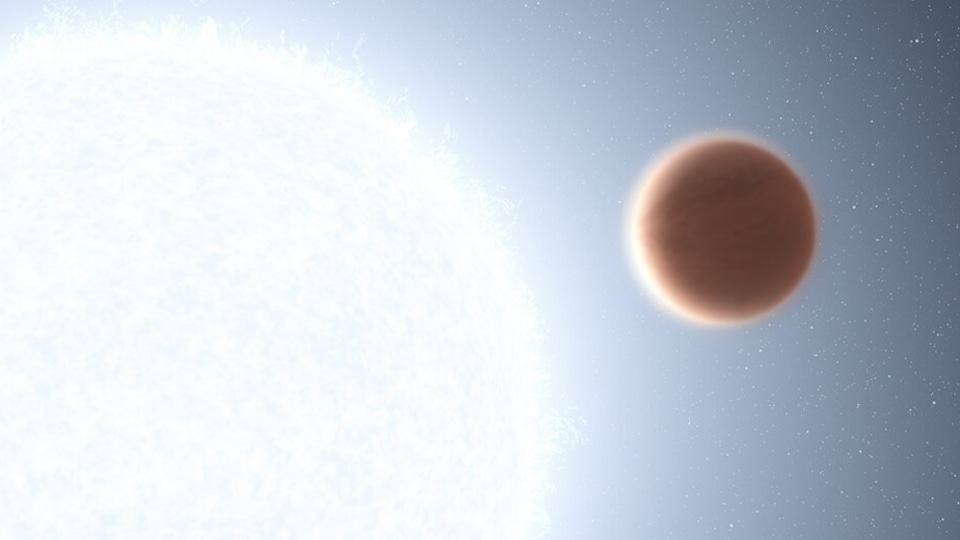NASA: Hubble Telescope found a bizarre, hottest-ever, planet that has rocks raining on it
NASA says Hubble Telescope has spotted two mysterious hot-Jupiter like planets, one of which has rocks raining on it! Check what NASA research says about it.

Hubble Telescope, which NASA has been running for the last 30 years, is studying a unique class of ultra-hot exoplanets in our Milky Way galaxy. NASA's flying observatory has now found two Jupiter-sized planets that are so precariously close to their parent star and similar to Jupiter, and are being roasted at intense temperatures above 3,000 degrees Fahrenheit. How intense? Just know that the temperatures on these planets are high enough to even vaporize one of the strongest metals - Titanium! NASA says that 'they have the hottest planetary atmospheres ever seen.'
Astronomers are detailing these two new mysterious hot exo-planets spotted by the Hubble Telescope. Mysterious because on one of these planets named WASP-178b, it's raining vaporized rock, while the other one has its upper atmosphere that is being sunburned by intense ultraviolet (UV) radiation. It provides new insights into the diversity, complexity, and exotic chemistry in the far reaches of our galaxy.
Yes, this planet has raining rocks!
Planet WASP-178b, which is about 1,300 light-years away from Earth and has a silicon monoxide-rich atmosphere, was discovered by astronomers using the Hubble Telescope of NASA. Astronomers reported in the journal Nature that the daytime side of the planet's atmosphere is cloudless, while the night side's heated atmosphere rushes around at super-hurricane speeds reaching 2,000 miles per hour.
The planet is closely bound up to its star, which means one side of the planet always faces the star, similar to what our Moon does with Earth. While, on the dark side, silicon monoxide is cool enough to condense into rocks that shower from clouds. That's the reason behind showing rocks on this planet. But the planet is hot enough to vaporise rock even at daylight and at night, according to astronomers. "We knew we had seen something really interesting with this silicon monoxide feature," said Josh Lothringer of the Utah Valley University in Orem, Utah.
Undoubtedly, these super-hot Jupiter-like planets are uninhabitable. But such kind of observations and research helps pave the way to a better understanding of the atmospheres of potentially inhabitable terrestrial planets. Lothringer said that "If we can't figure out what's happening on super-hot Jupiters where we have reliable solid observational data, we're not going to have a chance to figure out what's happening in weaker spectra from observing terrestrial exoplanets."
Catch all the Latest Tech News, Mobile News, Laptop News, Gaming news, Wearables News , How To News, also keep up with us on Whatsapp channel,Twitter, Facebook, Google News, and Instagram. For our latest videos, subscribe to our YouTube channel.































